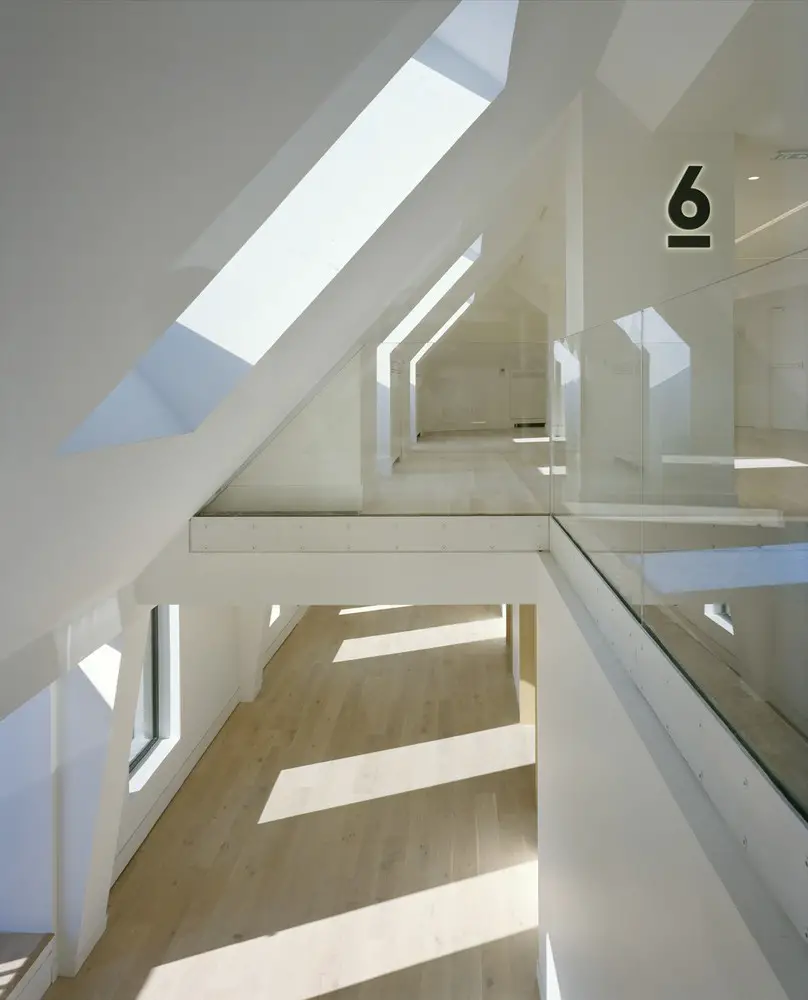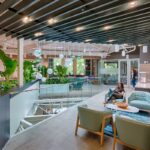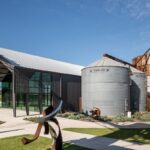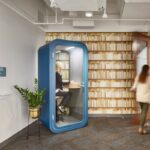Office Design Evolution, Commercial Architecture Development, Building Construction Design
The Evolution Of Office Design News
Property Interior Development: Architectural Design Article
30 Mar 2019
The Evolution Of Office Design Article
From Usability to Sustainability
Office designs express aspirations that are borne from the sensibilities of office managers, the needs of employees and the budgets of decision makers.
The evolution of office design has witnessed several significant twists. Impacted by the privacy needs of “knowledge workers”, the rise of the industrial age, the emergence of technology and today’s focus on personal and environmental health, office designs are influenced by the sign of the times but are borrowed from earlier generations.
Private Cubicles
The first offices designed for public functions are thought to be the humble cubicles reserved for medieval monks.
Whilst most thought-leaders of their age worked in private studies from home, monks were resigned to work in areas populated by people that would distract them from deep thought.
Curtained cubicles and small spaces provided monks with a dedicated space to copy manuscripts and study theological texts without being interrupted.
Order and Efficiency
In the early 1900s, the American engineer Frederick Taylor designed one of the first office spaces that could accommodate numerous employees.
Lending from the order and efficiency of production lines, desks were spaced in the central area whilst huge filing cabinets lined the walls. Managers had private offices to establish authority.
Office Landscapes
Other than Art Deco architecture to bring a modern feel into the workplace, very little changed in terms of office layouts during the early half of the 20th century.
In the post-war era, a German consulting group promoted that idea of improving open communication rather than segregated workplaces.
Such aspirations led to open plan offices which were designed around the flow of information whilst maintaining enough privacy for employees to focus on their work.
The Action-Focused Office
The natural progression from an open-plan office was the idea of an action-focused office developed by revolutionary designer, Robert Propst.
The goal was to create multiple workspaces that fostered the balance of productivity, creativity, collaboration and privacy. Propst incorporated innovative furniture that would house bulky computerised technologies, promote flexibility and create private working space.
Cubicle Farms
Propst’s action-office was ahead of its time. Whilst the innovation excited office managers, the expenditure of creating flexible workspaces was not agreeable to the budgets of most business owners.
The resulting manifestation that evolved from the action-office was the cubicle farms of the 1980s and ’90s. Whilst cubicles created the illusion of privacy, they provided less space and a disconnect between work colleagues.
Creative Offices
By the turn of the 21st Century, businesses were returning to the idea of open-plan offices, but new design concepts created fewer boundaries produced airier offices.
This new open-plan style office is still common today but is not without its problems. Buildings that do not have good ventilation systems produce poor air quality and contribute to employee absenteeism through illness. Noise levels have also continued to climb as businesses grow and recruit more staff members.
Agile Offices
Cloud computing has given us the ability to access secured data from practically anywhere. The technology promotes more businesses to engage in remote-working which creates more space in office buildings.
Now employees have the capacity to move around, creating open spaces that promote positive discussion can be combined with private cubicles which provide workers with quiet areas where they can focus.
Professional designers like Office Principles (https://officeprinciples.com/)
say modern office designs should incorporate elements that cater to the mental and physical health of employees whilst also creating a workplace that promotes efficiency and improves productivity.
Office Building Articles
Contemporary Office Architecture
Office Architecture Developments
Comments / photos for the Evolution Of Office Design page welcome





